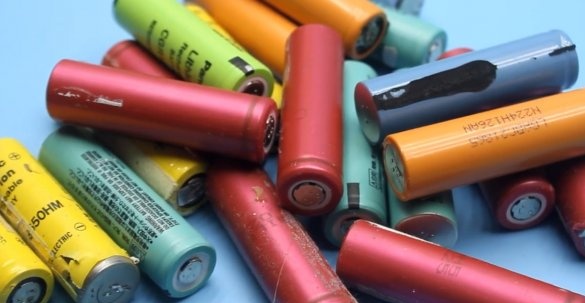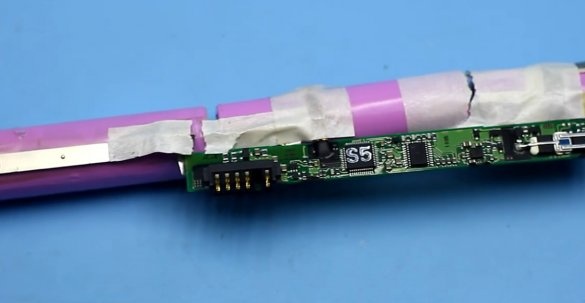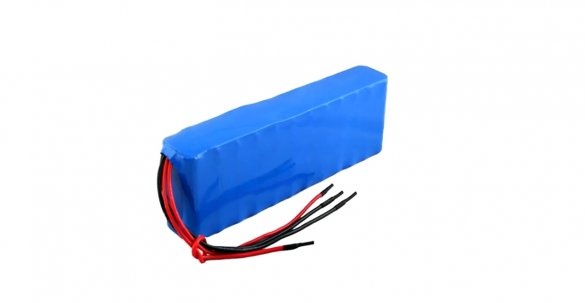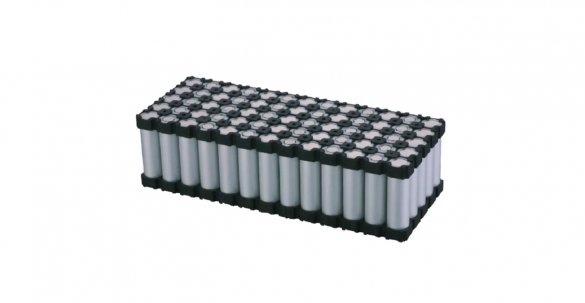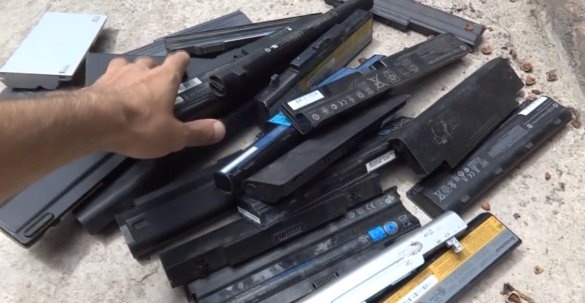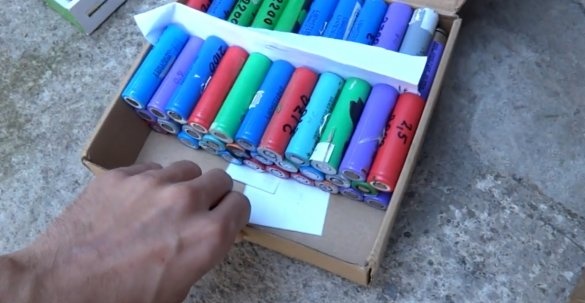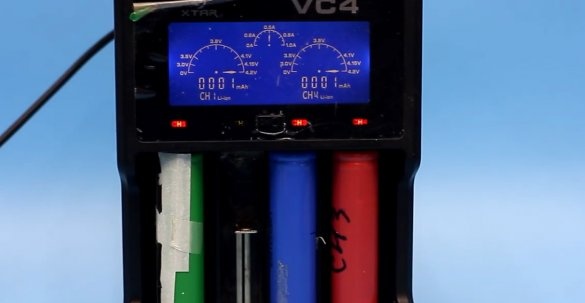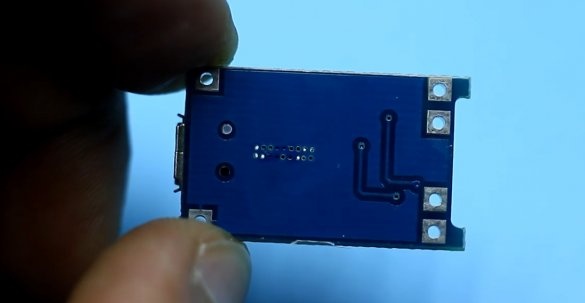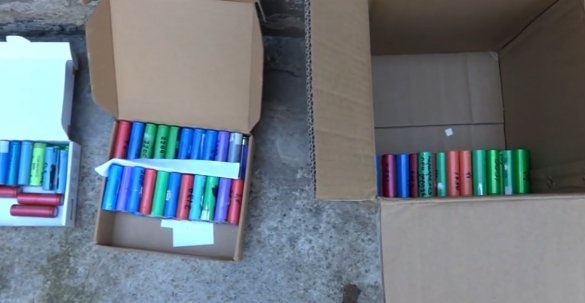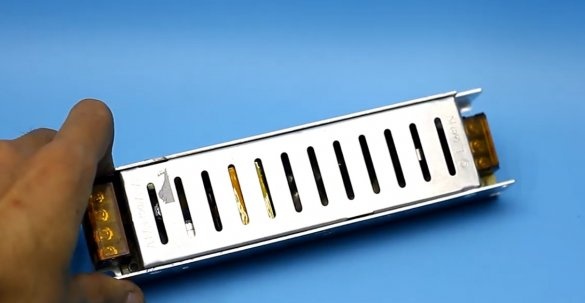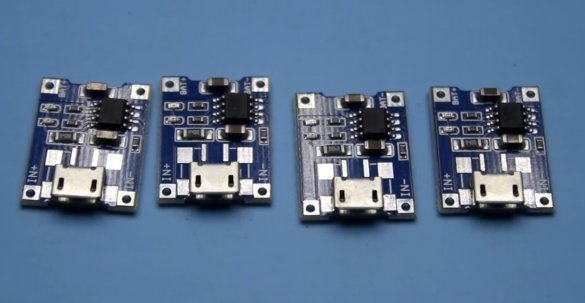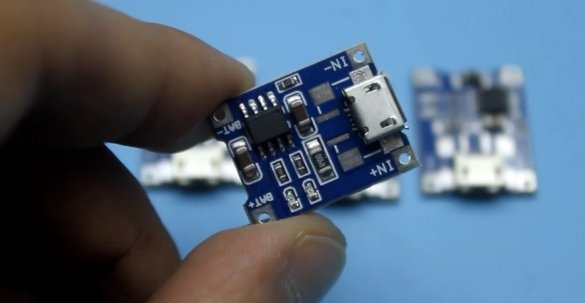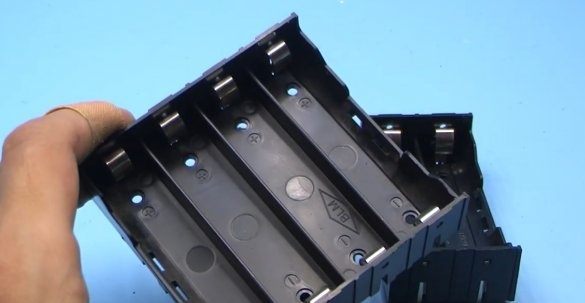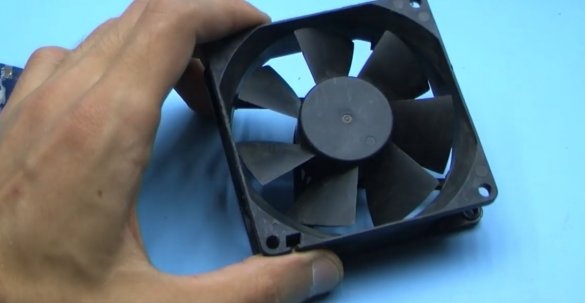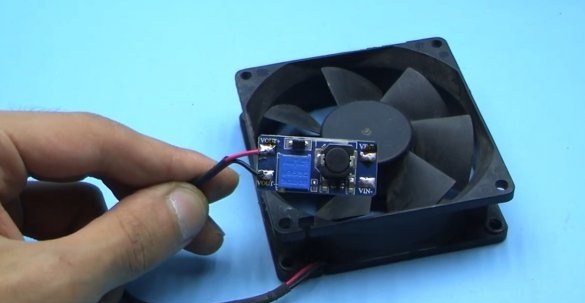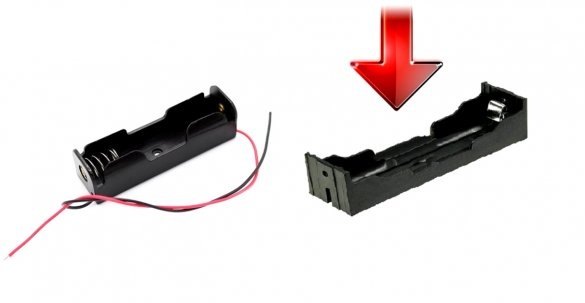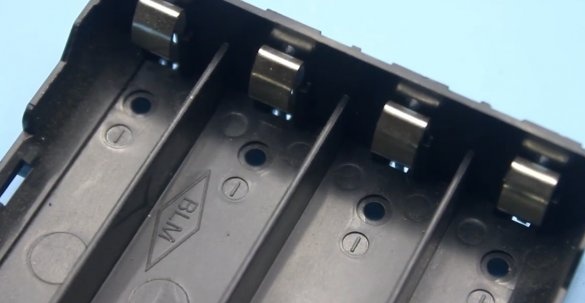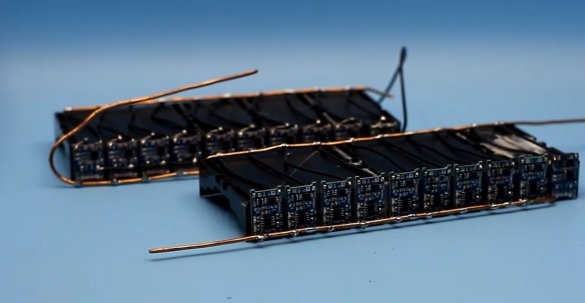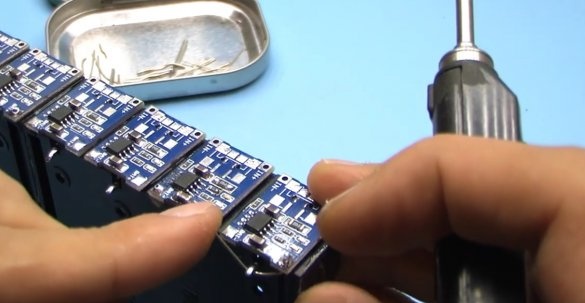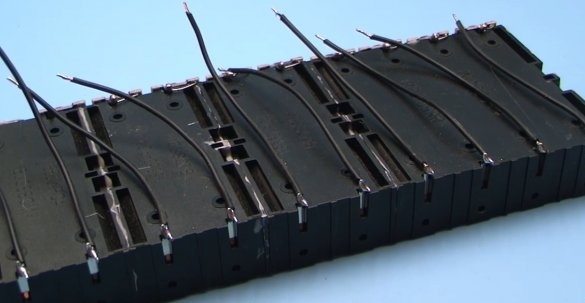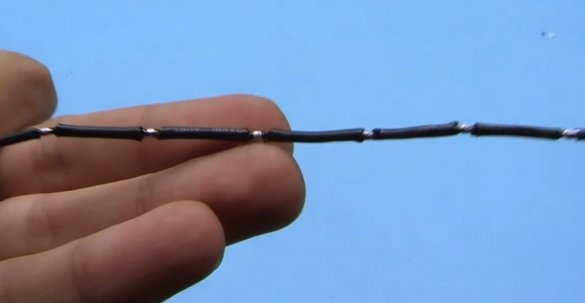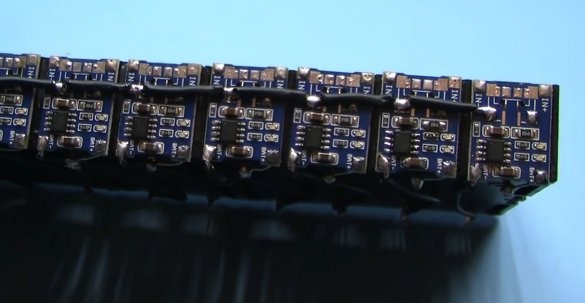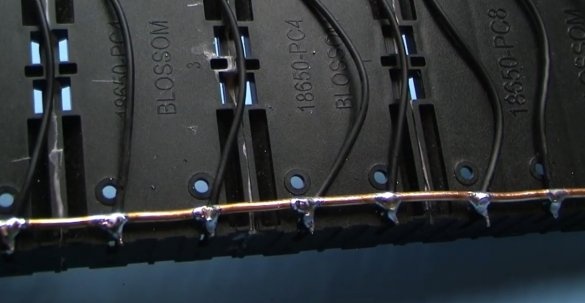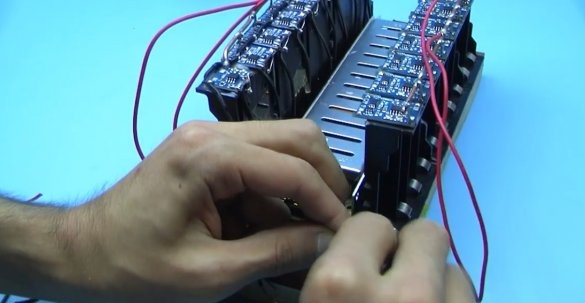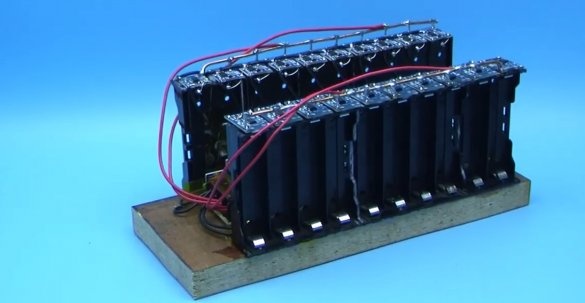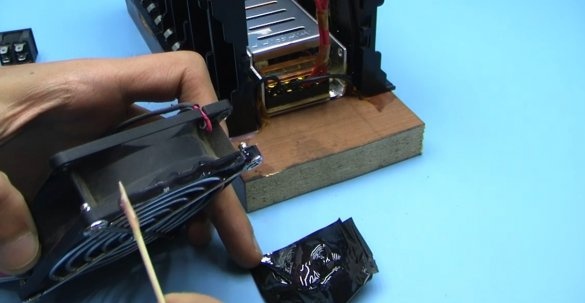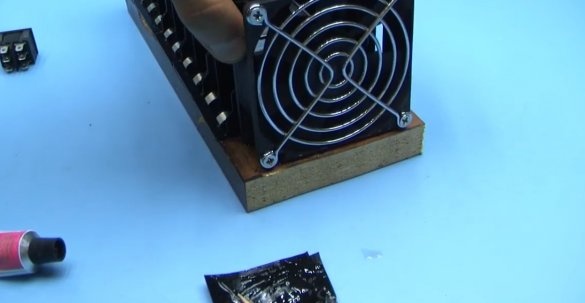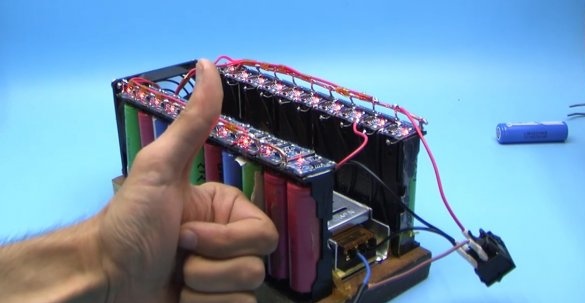Greetings the inhabitants of our site!
Li-ion batteries of size 18650 are probably the most popular standard for today. They are used in laptops, flashlights, power banks and even in electric cars.
Enthusiasts who decided to assemble their first electric bike, as a rule, use 18650 cans as batteries, and not only enthusiasts, almost all electric bicycles use batteries from these batteries.
Due to the lack of sufficient funds to buy new batteries, one often has to buy second-hand batteries (used), for example, from laptops. You also have to disassemble them, measure the capacities and sort them in order to assemble the battery.
I think everyone knows how to charge a 18650 can. Nowadays, you can find a specialized charger.
Or buy just such a scarf, which is powered by a regular usb port and is capable of charging 1 battery with a current of up to 1A.
But what if there are a lot of batteries? That's right, buy more exercises. But what if there are so many batteries?
In this case, buying a smart charger is already extremely unprofitable. So what to do? Take on a soldering iron, of course, and find (buy / remodel / make) a 5V power supply and how to useaboutthe highest output current.
There is nothing ingenious in the idea and what is shown here is not new. The author (AKA KASYAN), simply decided to make a charge for himself, which can simultaneously charge as many as 20 batteries of standard 18650. For charging each jar, the old kind board based on the TP4056 microcircuit is responsible.
Such boards come with and without protection.
We need those that are unprotected. For this project, as you might guess, we will need 20 such boards, and another 20 holders for installing batteries.
The author has some charge cards with protection, but he soldered the battery directly to the output of the TP4056 chip, bypassing the protection circuit.
The fact is that according to the author’s observations, the batteries are slightly uncharged during standard power-up, so if you take such cards for the charger, then take those that do not have a protection board.
The assembled system naturally heats up, since the TP4056 microcircuits used in this homemade product work in a linear mode, and taking into account the fact that their number is as much as 20 pieces, the heating is impressive. The power source itself is also heated. Indeed, it works at maximum power.
Now a few words about what exactly is the peculiarity of such a charge. The fact is that you are unlikely to find a similar unit on sale. The author naturally tried to find something similar, but in online stores he found charging for a maximum of 8 lithium-ion batteries of size 18650.
From the product description, it becomes clear that the maximum value of the charge current, in the case of simultaneous charging of all 8 batteries, does not exceed 500 mA. This is naturally small. Having carefully filtered all the offers and comparing the prices of the offered goods, the author returned to the initial plan - to make a charge do it yourself.
For safe operation, the design is supplemented by a fan.
The fan is the most ordinary, from the most ordinary computer power supply. It is powered by 8 volts, which are obtained using the MT3608 step-up dc-dc converter, which in turn is powered by a 5V main power supply.
The number of rechargeable batteries can be from 1 to 20, since the boards are not connected to each other and each charges its own battery. Holders are the most common. The Chinese have 2 options for such holders on sale, the author advises using the second option, it costs a little more, but this design is much more reliable and will last much longer.
Well, now we proceed to the assembly.
You can familiarize yourself with the assembly process in more detail by watching the author’s video:
Verification and testing:
As you can see, everything works great. A red LED indicates the charging process.
That's all. Thank you for attention. See you soon!


